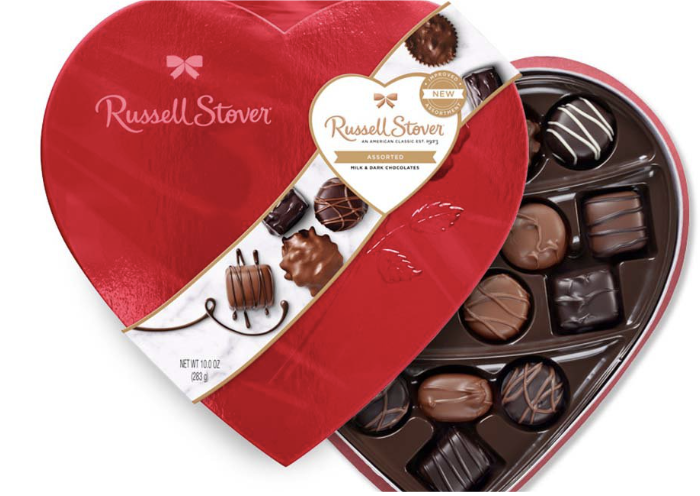By: Will Price
[one_half]As old as humanity itself, the elixir of many a long and loud night is something that has a funny stigma attached to it nowadays. When we’re younger we watch our parents and grandparents drink this awful smelling yellow water from fragile glasses. This makes us think wine is for “older” people or that it’s an “acquired” taste. Spoilers ahead guys and girls: It’s not. Wine has been made, drank and cooked with for thousands and thousands and thousands of years. Like all things, it has changed a bit since its origins in modern day Georgia (the country, not where we live) but the gist of it has remained the same. You ferment the delicious juice of grapes (or some other fruit) with yeast, water and a little heat and let it relax for a while. When that while is over you pour it into a fancy glass and enjoy.
You’re already late to the wine party, so let’s get some basics of wine and wine culture down so we can start drinking.
RED vs. WHITE
RED: Comes from red grapes, primary difference from white or other wines is the presence of tannin, an astringent compound that glues itself to proteins and other organic compounds to give red wine it’s unique bitter flavor. It’s also fermented with the skins present.
Most popular reds…
Cabernet Sauvignon: Very dark and a classic wine. Originally made exclusively in France, now an international favorite.
Merlot: Similar to a Cabernet, yet slightly lighter and fruitier.
Pinot Noir: Lighter than a merlot or Cabernet, a solid gateway red wine. Generally fruity and earthy.
Malbec: Originated in France, perfected in Argentina. A medium to strong wine that will be higher in alcohol and tannin levels.
Syrah/Shiraz: Very dark, very powerful and spicy red wine that goes by different names depending on where you’re enjoying it.
WHITE: Made from white grapes with the skins removed. Tannin is far less present in white wine, generally giving it a more fruity and light flavor.
Most popular whites…
Chardonnay: Probably the most popular white wine in the world, and for good reason. Chardonnay is extremely diverse in that it can be made to be light and fruity or rich beyond belief.
Sauvignon Blanc: Generally lighter than an average white. Sauv Blancs often carry citrus, herb and borderline smoky flavors.
Riesling: The signature German white wine, Riesling has a reputation of being a sweeter wine. However, Riesling can also be dry and earthy.
Pinot Grigio: Mostly dry with fruity flavors such as pear or apple. Pinot Grigio is a light to medium-bodied wine.
Moscato: A sweeter wine that’s often enjoyed with brunch on a Sunday, or a post-dinner palate cleanser, Moscato is extremely popular with new wine drinkers because of its light, sweet nature.
[/one_half]
[one_half_last]Food pairings
Finding wine that tastes pleasant to you isn’t all that hard. However, finding wines to compliment what you’re eating is a different story. Very easily you can completely change the flavor profile of the wine you’re drinking and the dish you’re eating simply by choosing a wine that doesn’t go well with the food. Think of wine pairings like clothes: some things just shouldn’t happen. Ever. Here are some basic rules to follow when wining and dining, as well as example combinations to give a try.
Do’s and Don’ts
“If it grows together, it goes together”: Classic food combination advice. This is a basic rule of thumb that if a wine is made in one place, the cuisine from that region will pair well with it. What goes best with an Italian feast? Try a red wine made in Southern Italy. Eating a perfect piece of Argentinian beef? Grab a bottle of Malbec and enjoy.
Tannins love proteins: Ever wondered why a dark red wine, a Cabernet for example, is served with a big steak so often? Dark red wines are high in tannin; tannin is what gives red wine much of its bitter flavor through attacking the proteins in your mouth. But when there are other proteins present that are not your tongue, the tannin will latch on to them and the wine will become far, far smoother.
FAT vs. ACID: Think of this one as two heavyweight boxers going at it blow for blow, but instead of blood and a bruises this combination provides balance. When eating particular fatty and rich foods you’ll want something that can cut through that fatty richness. A wine high in acidity is the perfect choice.
Match heavy wine with light food, or vice versa: Matching a light wine with a rich, heavy dish can result in a taste bud tragedy. You’ll find the wine will be completely outweighed and dominated on your palate by the rich dish and the flavors of that wine will not come through as intended. Don’t put a heavyweight up against a featherweight, it won’t work out.
Put a dry wine with sweet dessert: Generally speaking, a bitter wine with a sweet dessert will not end well. The dryness of the wine will be amplified by the sweetness of the dessert and both flavor profiles will be thrown out of whack. You’ll want your dessert wines to be just as sweet as your dessert, and maybe slightly sweeter.
THINK OF THE TANNINS!: A very quick way to a very bad meal is to disregard tannins and wine pairings all together. Put a heavy red with a spicy dish and the spiciness will be amplified and you’ll be sweating, sorry and wondering why you didn’t think about the tannin content before eating.
[/one_half_last]
Categories:
A Beginners Guide to Wine
March 26, 2015
0
More to Discover





